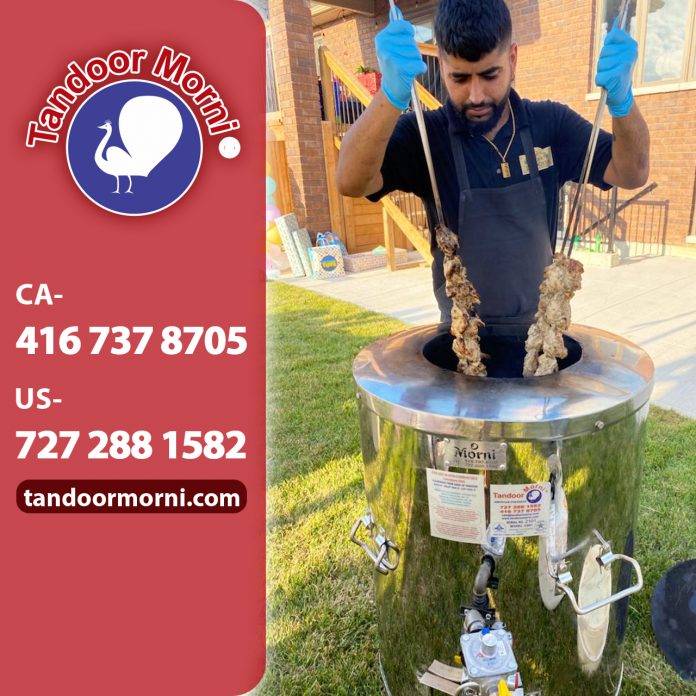A staple in Indian cuisine for centuries, tandoor ovens are known for their ability to cook a variety of authentic Indian dishes quickly at very high temperatures. Naan in particular is an excellent dish to cook in a tandoor oven. The dough sticks to the walls of the tandoor and bubbles and chars to perfection giving you crispy, fluffy naan breads.
The real effectiveness of a traditional tandoor oven lies in its ability to trap heat. Once your tandoor oven reaches a certain temperature, it can sustain that temperature without requiring any more fuel. This gives you a quicker prep time and imparts a unique flavor profile to the dishes.
How to choose the perfect tandoor oven?
Adding a tandoor oven to your culinary collection is a great way of achieving the same authentic flavors in your homemade dishes that you relish in any traditional South Asian eatery. But it’s very important to choose the right kind of tandoor oven that will make your Indian dishes stand out even more.
Tandoor ovens can be quite expensive since they require proper setup and maintenance so it’s best to research different brands and models based on your specific needs and requirements. There are a number of things to consider when buying a tandoor oven such as the size, fuel requirements, materials, and brand reputation. You need to ask yourself the following questions.
- Size: How much food will you be cooking and do you have enough storage space?
- Fuel: Do you have enough experience with tandoori cooking and temperature control?
- Materials: What materials are most suitable to fulfill your culinary needs and requirements?
- Brand reputation: Have you done proper research on the brand reputation of the tandoor you’re buying?
How to use a tandoor oven for authentic Indian cooking?
Tandoor ovens are perfect for cooking all types of meats and breads. Using one requires some practice and skill, but with a little patience, you’ll soon be cooking tasty tandoori dishes!
- Preparation: If you’re using a clay oven, make sure you prep it properly by soaking it in water for several hours so it doesn’t crack. For a stainless steel oven, crank the heat up so the manufacturing residue and debris burn off before any actual cooking.
- Temperature: Monitor your tandoor oven’s temperature as closely as you can. It needs to be very high (over 500°C) so keeping an eye on it makes sure the food cooks properly.
- Cooking: Even though you can cook just about anything in a tandoori oven, there are a few dishes that can be considered the mainstays of tandoori cooking. These include tandoori chicken, tandoori lamb, chicken tikka, lamb kabobs, and naan bread. A variety of vegetables such as onions, bell peppers, mushrooms, and potatoes can also be cooked in a traditional clay oven.
How to maintain a tandoor oven?
Whatever you cook inside your tandoor oven, make sure you clean and maintain the hygiene of your tandoor oven, its skewers, or any other accessories. Tandoors typically last long and require low maintenance. They do not require much cleaning; it’s recommended that you clean the burner twice a year and use a brass brush to regularly scrub the plates.
If you’re using stainless steel skewers, you can remove any unwanted food or debris by scrubbing them gently with soap and water.
Steel skewers can be slightly trickier to clean. If you notice rust, use an aluminum foil to scrub it away. Brush them with vegetable oil to loosen the dust and debris before firing up the tandoor oven. Place the skewers inside for 10-15 minutes to remove any unwanted accumulation on the metal.



